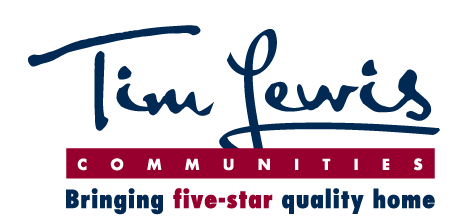FHA loans have long been a popular choice for homebuyers, particularly first-time buyers who may not have a large down payment or strong credit history. However, one of the requirements of an FHA loan is mortgage insurance premiums (MIP), which can add significant costs to a borrower’s monthly payments. Recently, changes in mortgage insurance premiums have been made for FHA loans, affecting how much borrowers must pay each month. Join us as we explore the changes to MIP for FHA loans, the factors that affect these premiums, and how borrowers can avoid paying MIP altogether.
Explanation of FHA Loans and MIP
Before diving into the changes to mortgage insurance premiums for FHA loans, let’s first look at what FHA loans and MIP actually are. The Federal Housing Administration (FHA) is a government agency that was established in 1934 to help increase homeownership rates in the United States. FHA loans are insured by the Federal Housing Administration, which means that if a borrower defaults on their loan, the FHA will pay the lender a certain amount to cover the losses. MIP, on the other hand, is insurance that protects the lender in case a borrower defaults on their loan. It is typically required for borrowers who make a down payment of less than 20% on their home. However, FHA loans require MPI regardless of the down payment amount, making it a crucial factor to consider when weighing the pros and cons of an FHA loan.
Changes to Mortgage Insurance Premiums for FHA Loans
On February 22, 2023, the Biden-Harris administration announced changes to the mortgage insurance premiums for FHA loans. Specifically, they reduced the annual MIP for most new FHA loans by 0.30 percentage points, from 0.85% to 0.55%. This means that borrowers can now expect to pay a lower monthly MPI, which can result in significant savings over the life of the loan. These changes aim to make homeownership more affordable for low- and moderate-income borrowers and to increase access to credit for underserved communities.
These changes to MIP premiums for FHA loans are particularly beneficial for homeowners who do not have large down payments. With lower monthly MIP premiums, these borrowers can reduce their overall housing costs and potentially qualify for larger loan amounts. The Biden-Harris Administration Fact Sheet gives the following examples of the cost savings:
- “A family buying a home in Detroit with a $200,000 mortgage will save $600 per year
- A family buying a home in Cincinnati with a $300,000 mortgage will save $900 per year
- A family buying a home in Phoenix with a $400,000 mortgage will save $1,200 per year”
- A family buying a home in Sacramento with a $600,000 mortgage will save $1,770 per year
Over the life of a 30-year loan, these savings can add up to thousands of dollars. This can make homeownership a more attainable goal for many low- and moderate-income families.
Mortgages endorsed for insurance by FHA will see the new reductions on or after March 20, 2023. These changes will only be available for new borrowers; those who already have an FHA loan will not qualify for the reduction.
Homeownership Made Easier
The changes in mortgage insurance premiums for FHA loans are a step forward in making homeownership more accessible and affordable for all. With lower monthly MIP, more families can achieve their dream of homeownership.
It is important to remember that FHA loans have advantages and disadvantages, and it is crucial to do your research and speak to a trusted lender before making any decisions. At Tim Lewis Communities, we understand the importance of finding the right loan for your unique financial situation. That’s why we work closely with our preferred lenders to ensure that our homebuyers have access to a wide range of loan options and the support they need throughout the home-buying process. Contact us today to learn more about our communities and how we can help you become a homeowner.
